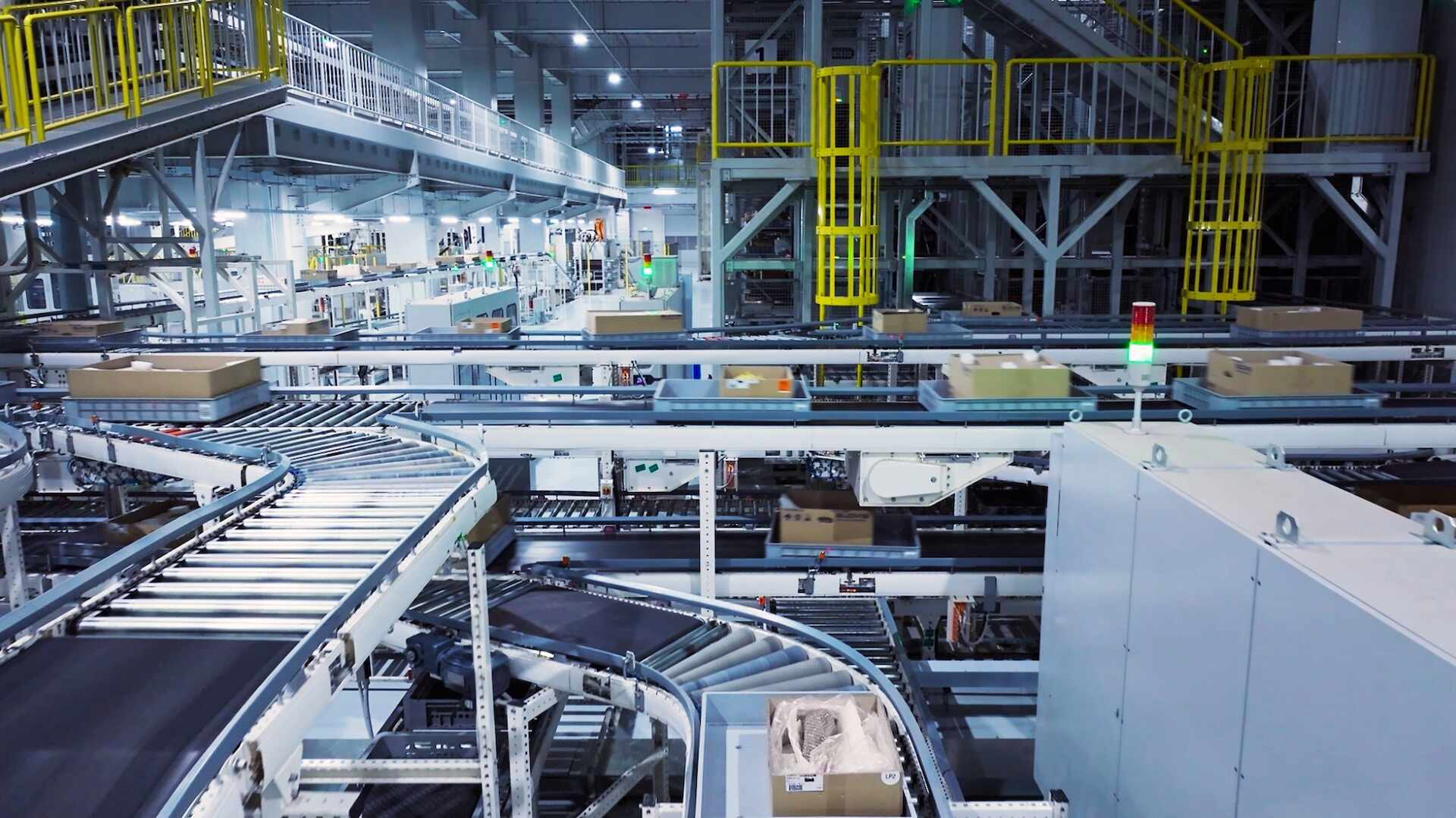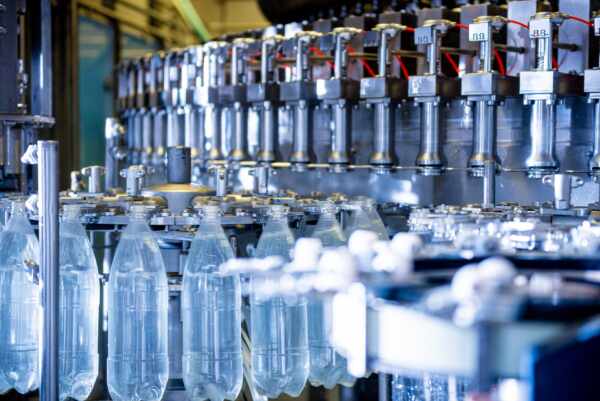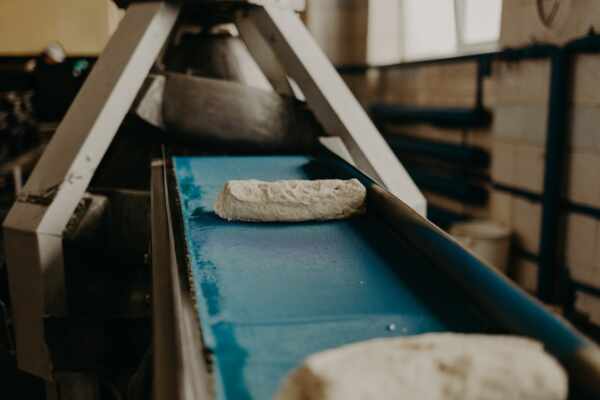In the fast-paced food manufacturing industry, technological advancements have been driving optimisation and growth for forward-thinking businesses, constantly seeking ways to enhance operational efficiency, reduce costs, and improve product quality. Conveyor belt technologies are no exception to this trend; innovative systems and designs are continually being developed to better meet the requirements and challenges faced by food manufacturers.
As a food manufacturer, staying informed about the latest conveyor belt technologies can help you maintain a competitive edge and ensure that your operations are aligned with the newest industry standards and best practices. By adopting cutting-edge technologies for your conveyor belt systems, you can revolutionise your food manufacturing processes, resulting in greater efficiency, sustainability, and regulatory compliance.
In this insightful guide, we will delve into some of the most promising advancements in conveyor belt technologies, highlighting new solutions that have the potential to transform food manufacturing processes. Learn about the innovative developments shaping the future of conveyor belt systems and how your business can benefit from embracing these forward-thinking solutions.
Energy-Efficient Conveyor Belts: Reducing Operational Costs
One of the biggest challenges faced by food manufacturers in the current competitive landscape is managing operational costs. Consequently, many innovative companies have been focusing on developing energy-efficient conveyor belt systems designed to lower energy consumption and, ultimately, reduce operating expenses. Key advancements in energy-efficient conveyor belt systems include:
1. Lightweight Belt Materials: The use of lightweight materials in conveyor belt construction has led to the development of belts that require less energy to operate, reducing overall energy consumption and costs.
2. Optimised Drive Systems: Innovative drive systems have been engineered to consume less power while maintaining or improving performance levels, leading to increased energy efficiency.
3. Energy-Saving Idlers and Rollers: The implementation of energy-saving idlers and rollers reduces friction, ultimately lowering power consumption and boosting energy efficiency.
Smart Conveyor Belt Systems: Enhancing Operational Efficiency
Advancements in automation and data processing technologies have paved the way for the development of smart conveyor belt systems. These intelligent systems utilise sensors, data analytics, and control systems to optimise various aspects of food manufacturing processes, including:
1. Real-Time Tracking: Sensors embedded in smart conveyor belt systems enable precise real-time tracking of products and equipment, facilitating better management and control over production processes.
2. Predictive Maintenance: By collecting and analysing data about the performance and condition of conveyor belt systems, smart technology allows for the early detection of maintenance requirements, enabling proactive scheduling and minimising downtime.
3. Systems Integration: Smart conveyor belts can be seamlessly integrated with other elements of food manufacturing operations, such as robotic equipment and data management systems, resulting in improved workflow efficiency.
Hygienic Conveyor Belt Design: Meeting Strict Food Safety Standards
Food safety compliance is a top priority for food manufacturers, and hygienic conveyor belt design plays a vital role in meeting strict industry standards. Innovative hygienic conveyor belt designs focus on providing maximum sanitation while minimising the risk of contamination, including:
1. Easy-to-Clean Surfaces: Conveyor belt systems with smooth, non-porous surfaces and minimal crevices facilitate easy cleaning and minimise the risk of bacterial growth.
2. Fully Enclosed Design: Fully enclosed conveyor belt designs feature a sealed construction that prevents contaminants from entering the system, ensuring the highest levels of hygiene and safety.
3. Quick-Release Components: Incorporating quick-release components in conveyor belt systems enables efficient disassembly for cleaning and maintenance, ensuring food safety compliance, and reducing downtime.
Sustainable Conveyor Belt Technologies: Embracing Environmentally Friendly Solutions
Environmental sustainability is a significant consideration for modern food manufacturers, and the demand for eco-friendly conveyor belt solutions continues to grow. Pioneering sustainable conveyor belt technologies include:
1. Biodegradable Belting Materials: The development of biodegradable belting materials, such as polylactic acid (PLA), presents an environmentally friendly alternative to conventional conveyor belt materials.
2. Energy-Efficient Motors: By utilising more energy-efficient motors in conveyor belt systems, food manufacturers can lower their carbon footprint and contribute to more environmentally sustainable operations.
3. Reusable Components: Sustainable conveyor belt systems are designed with reusable components, promoting a circular economy and reducing waste generation throughout their lifecycle.
Conclusion
Embracing the latest advancements in conveyor belt technologies can revolutionise food manufacturing processes, enabling businesses to enhance operational efficiency, lower costs, and meet ever-evolving industry standards. By understanding and adopting cutting-edge conveyor belt systems, food manufacturers can stay ahead of the competition and maintain a strong position within the global food manufacturing landscape.
Are you prepared to leverage the power of innovative conveyor belt technologies to drive growth and success in your food manufacturing operations? Contact Change Parts Pty Ltd today for expert guidance, pioneering conveyor belts, and outstanding support, designed to help you navigate the complexities of the food manufacturing industry and secure your competitive advantage.




